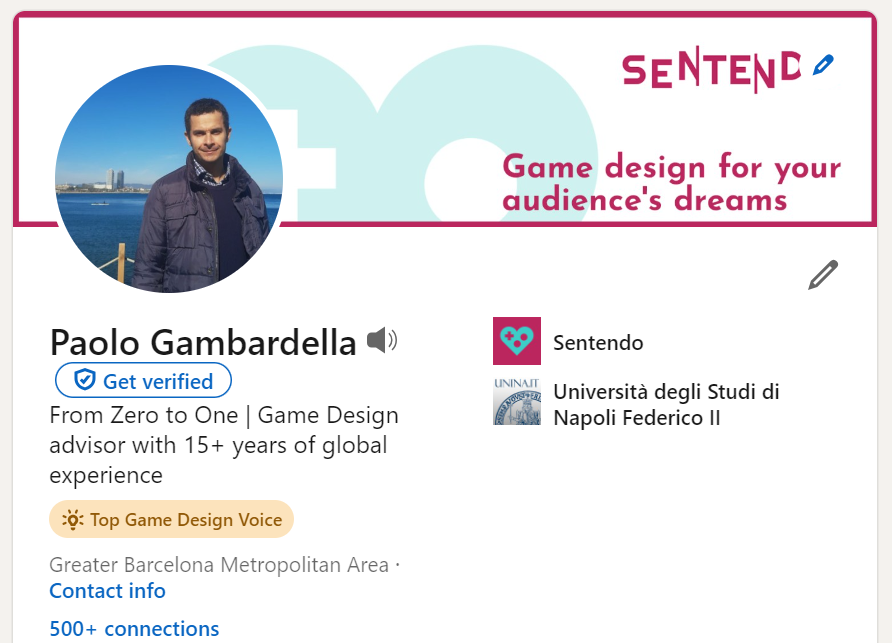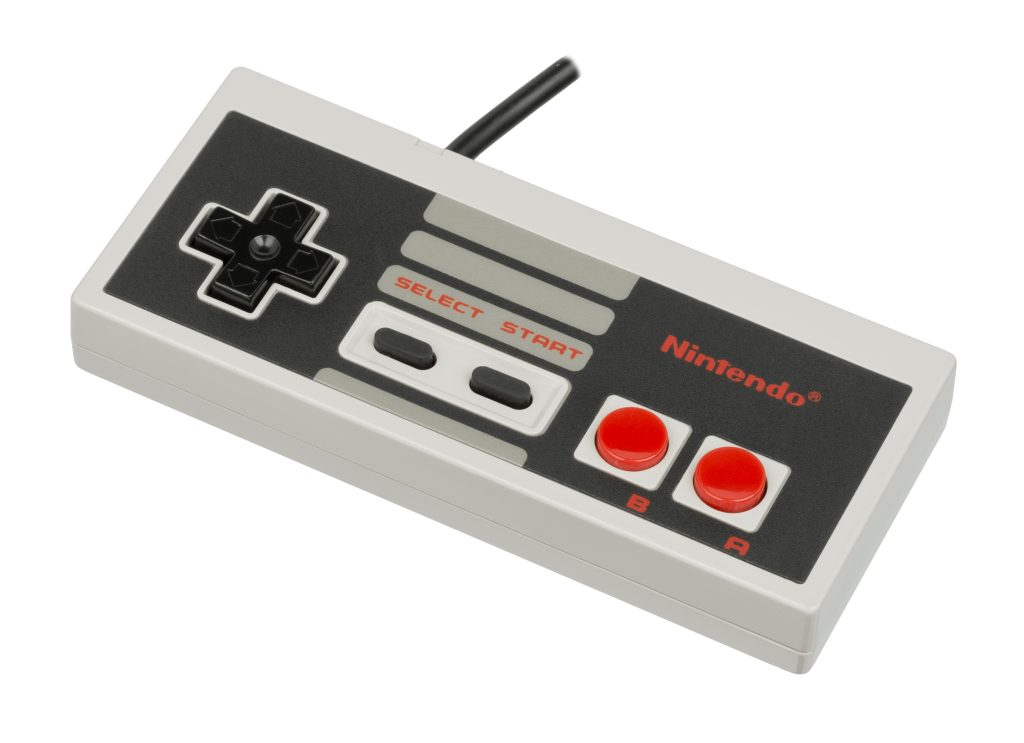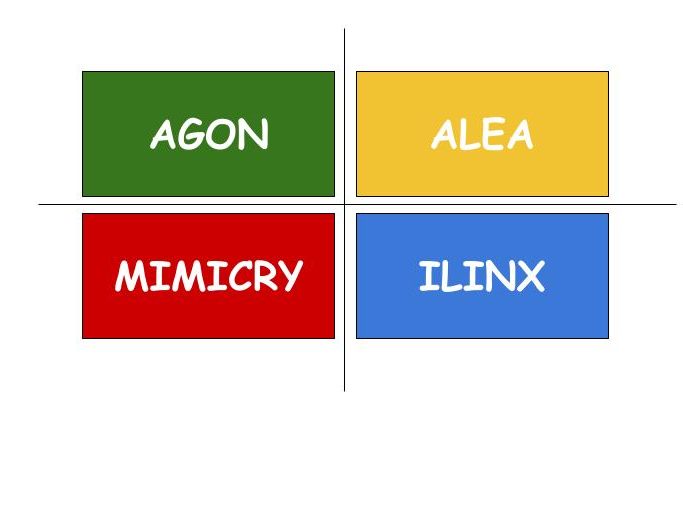Every time I say to someone that I design video games, the common question is this. “Can you show me the game you made?“. And my answer is that I can, but my games are not Mario or Quake.
Others in this industry would give the same answer. It is what makes an industry, in the end. You don’t ask a car worker “Can you show me a car you made?“. The worker is one of the dozens who worked on a car. Still, you ask that to a game designer because we have this idea of a very personal thing. Which indeed is true, but reality is deeper than that.
The reality is that you hardly work on a project you love. And the few people who work on those projects are the ones that achieve recognition at a certain point. I mean, if they insist and persist in their goals.
I want to celebrate everyone that is building in this moment. Because you will be the future of the industry. You decide to build something in which you believe. You can be an indie or a new team inside of a big corporation. Many sides of an industry that permits different exits.
I cannot really show anything, because I have always worked on games belonging to ideas and vision which came from others. Maybe that is the right answer to the first question of this article.





